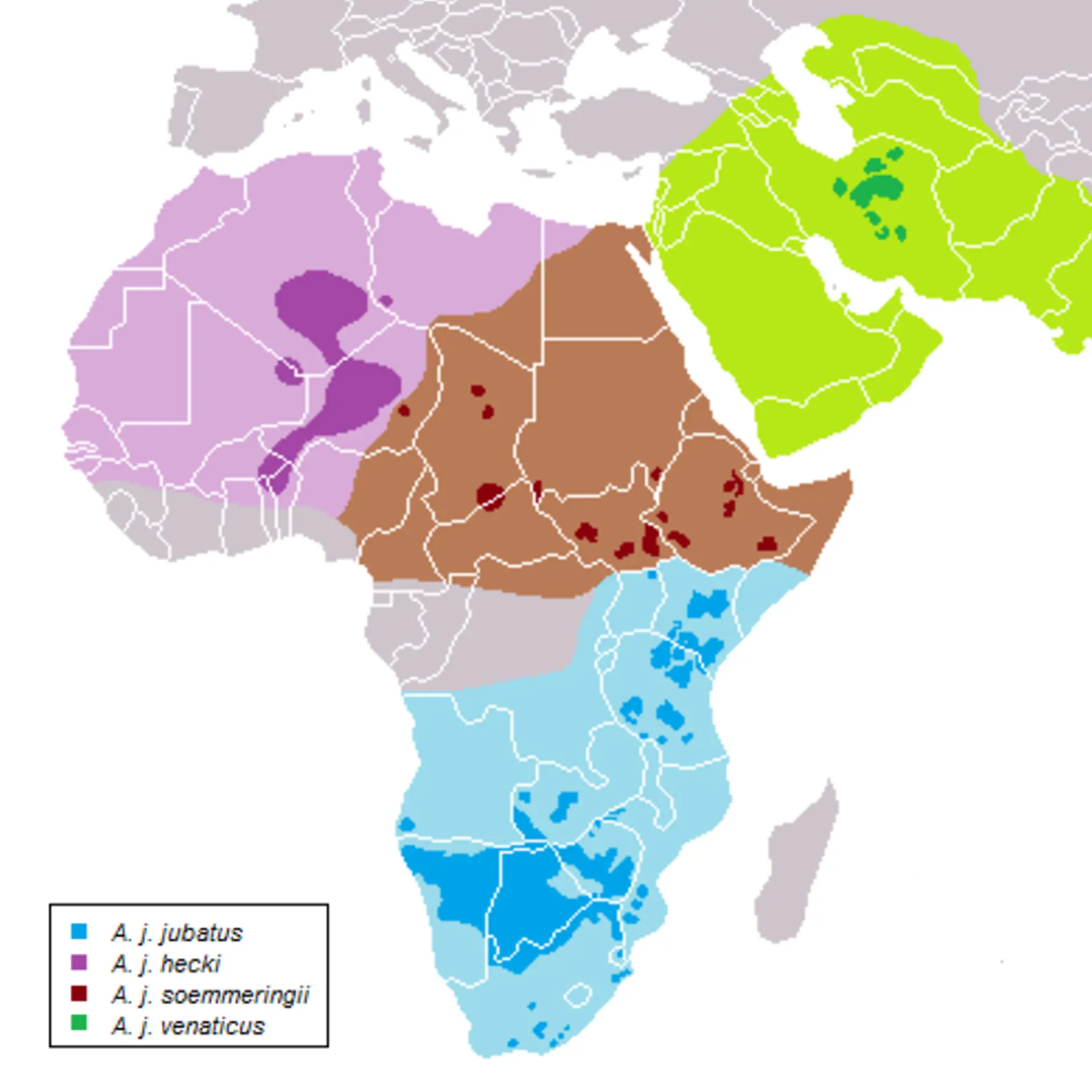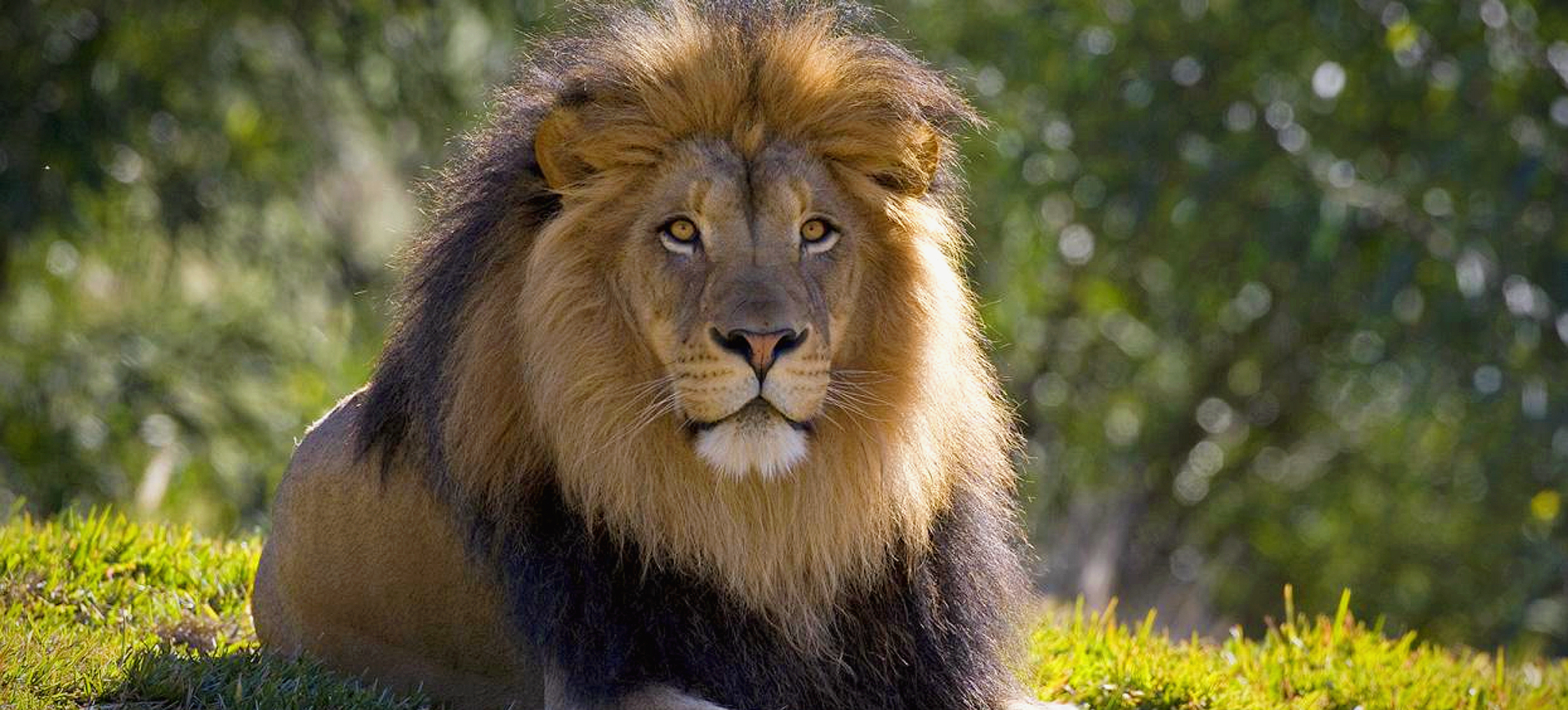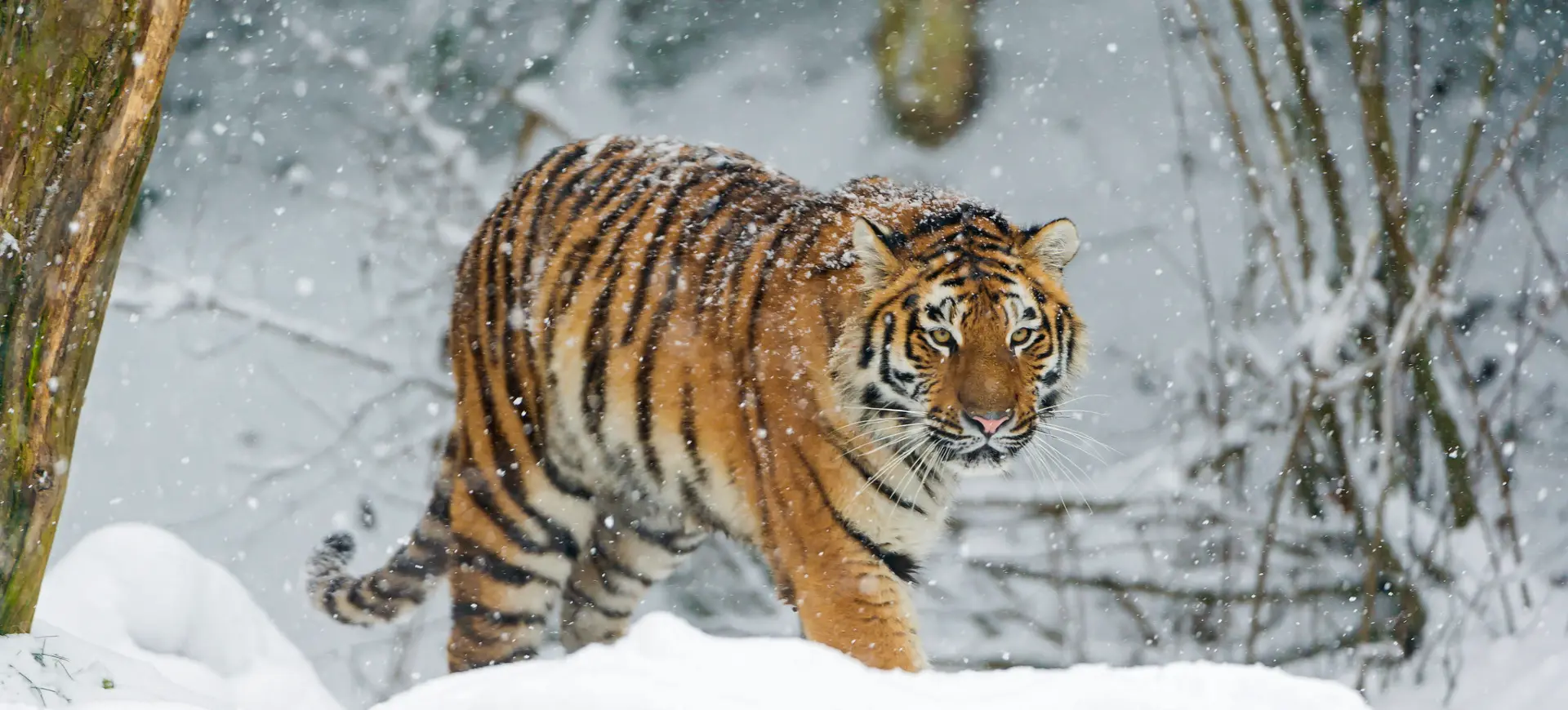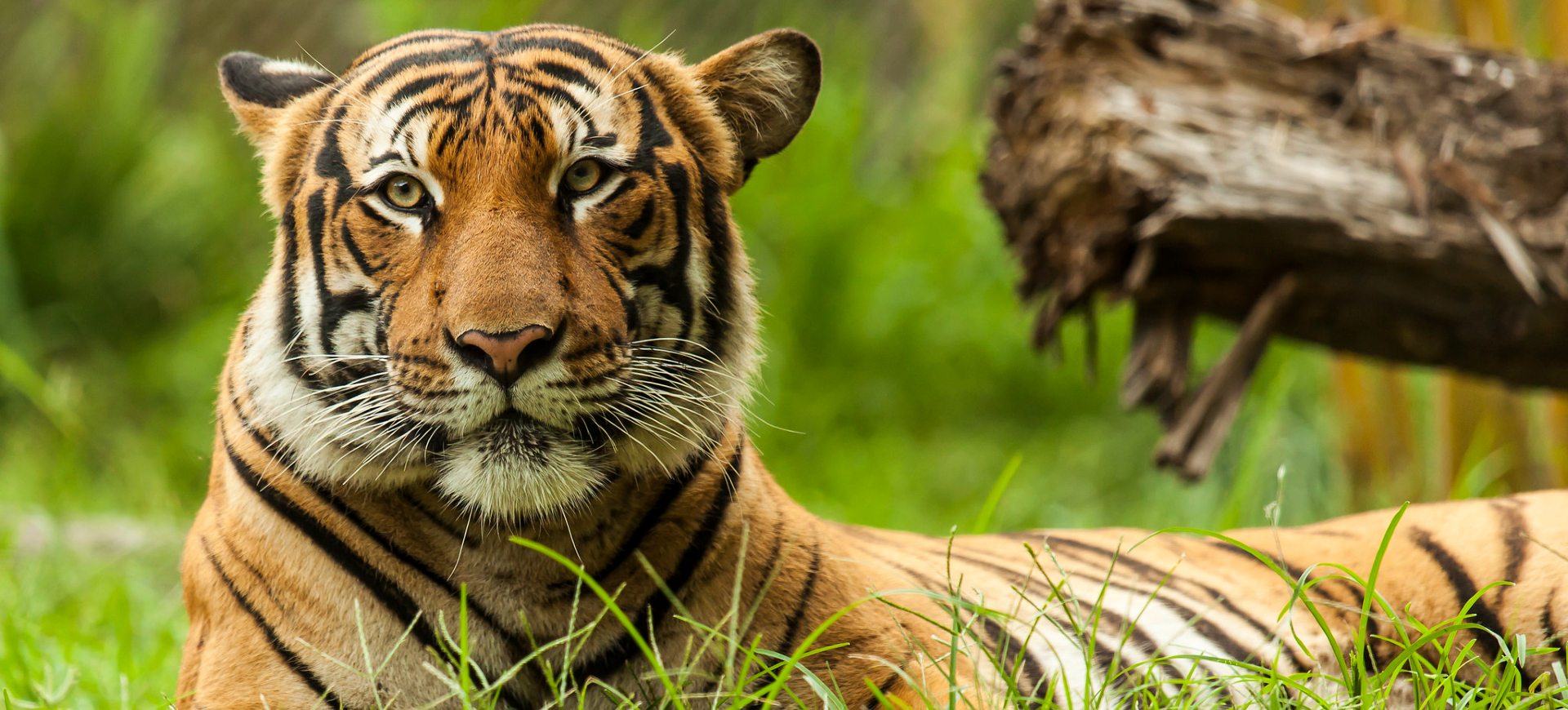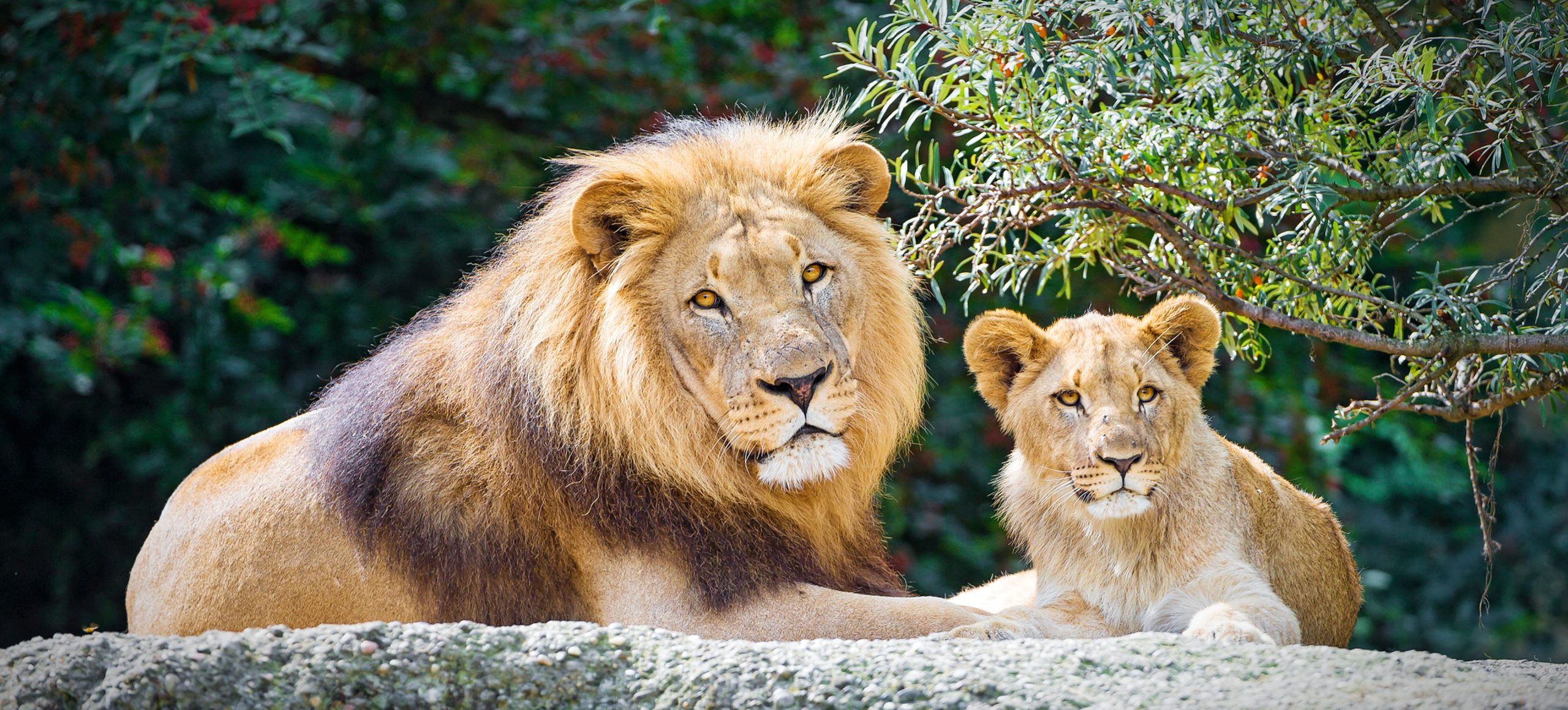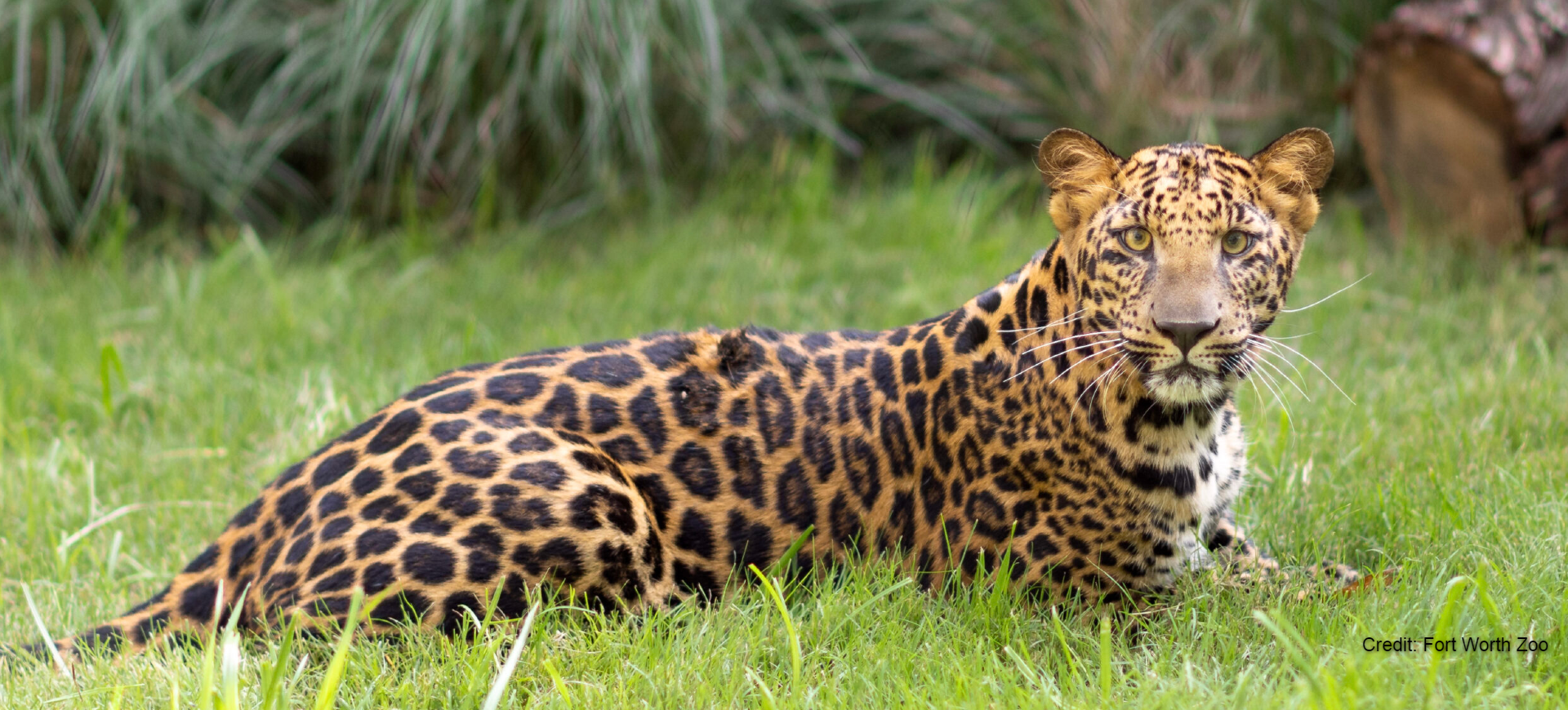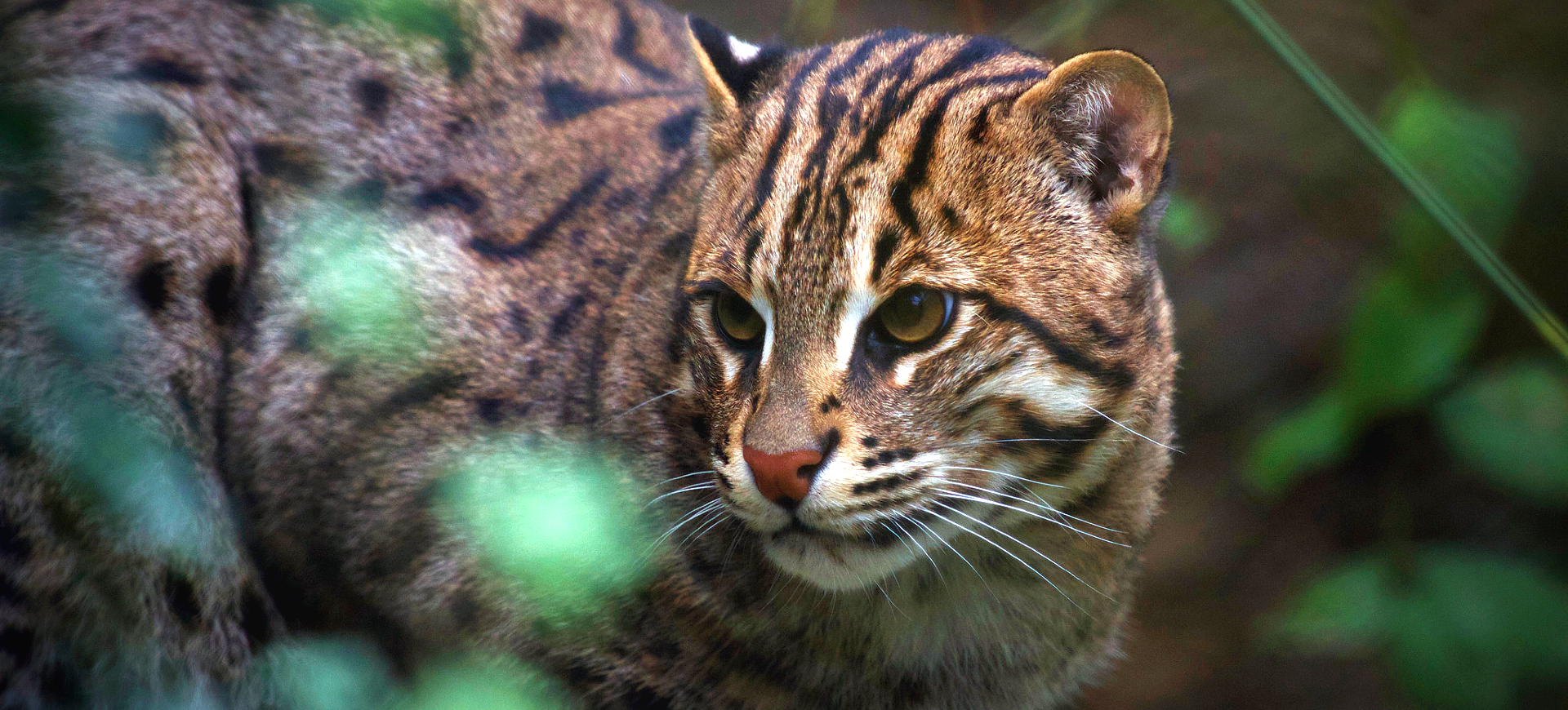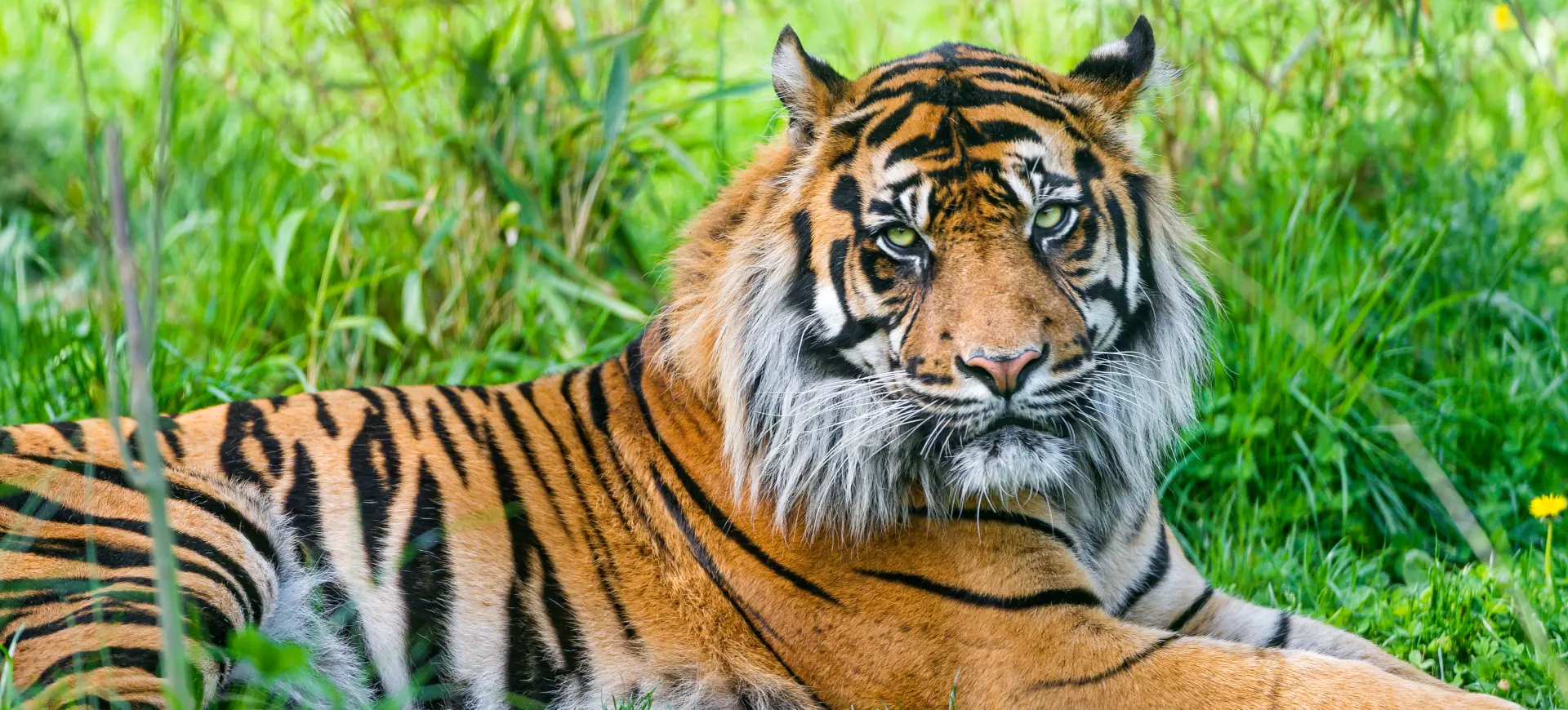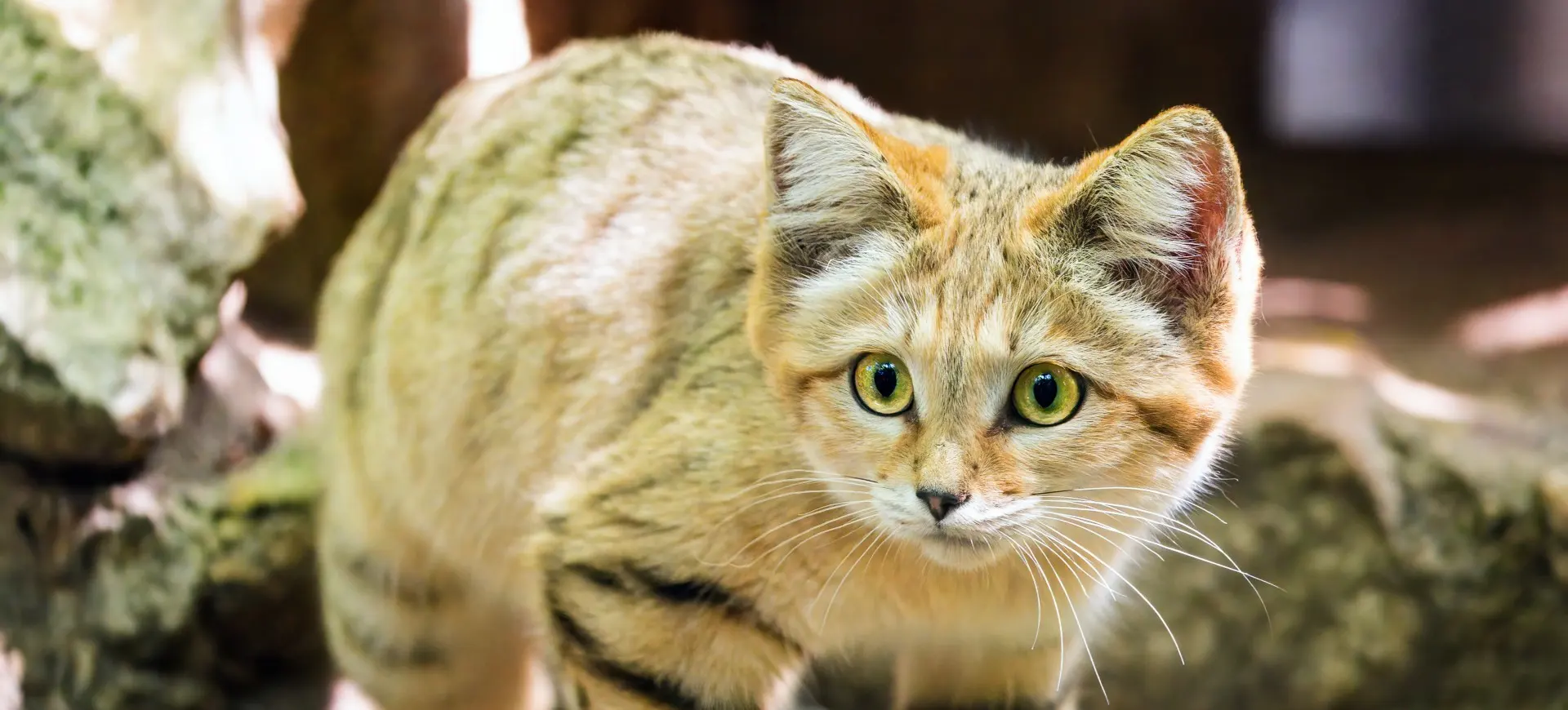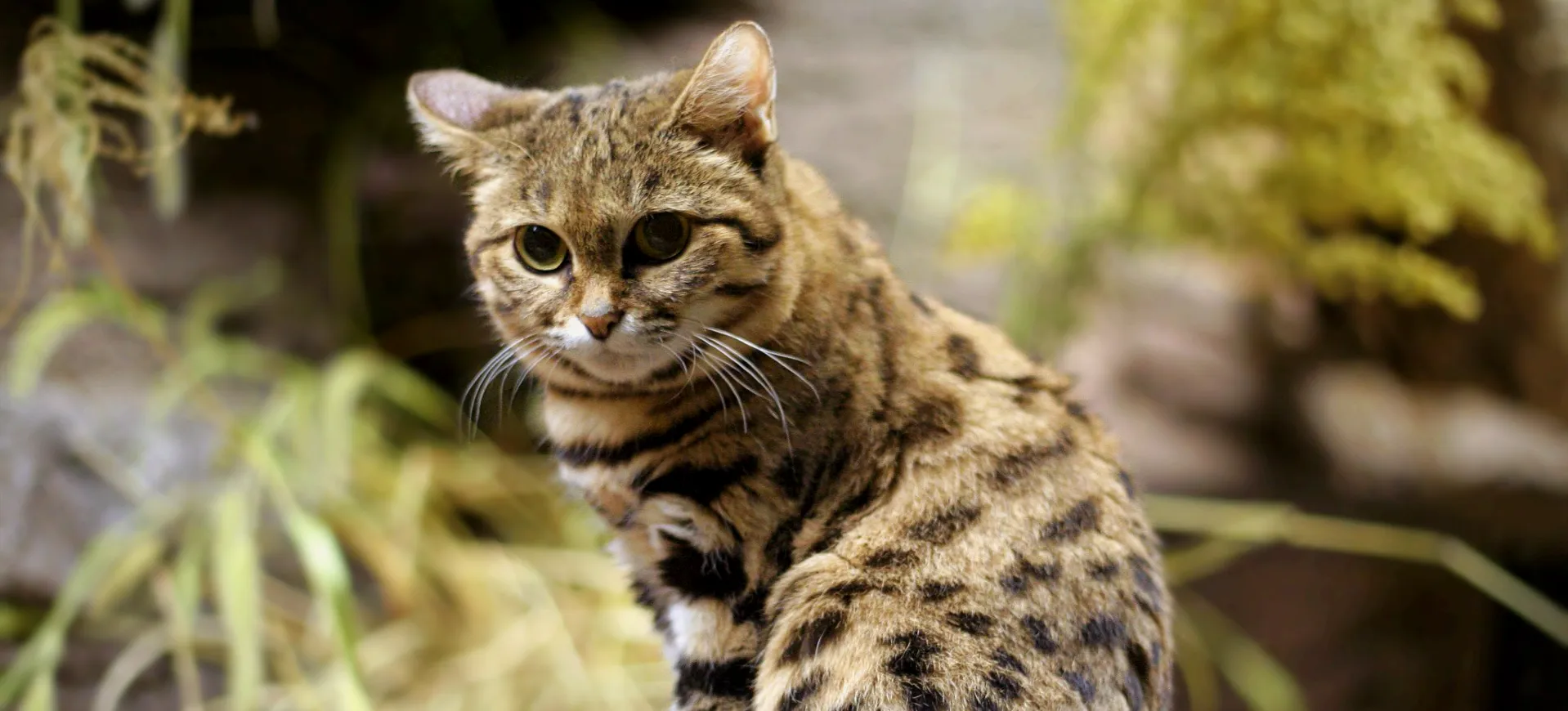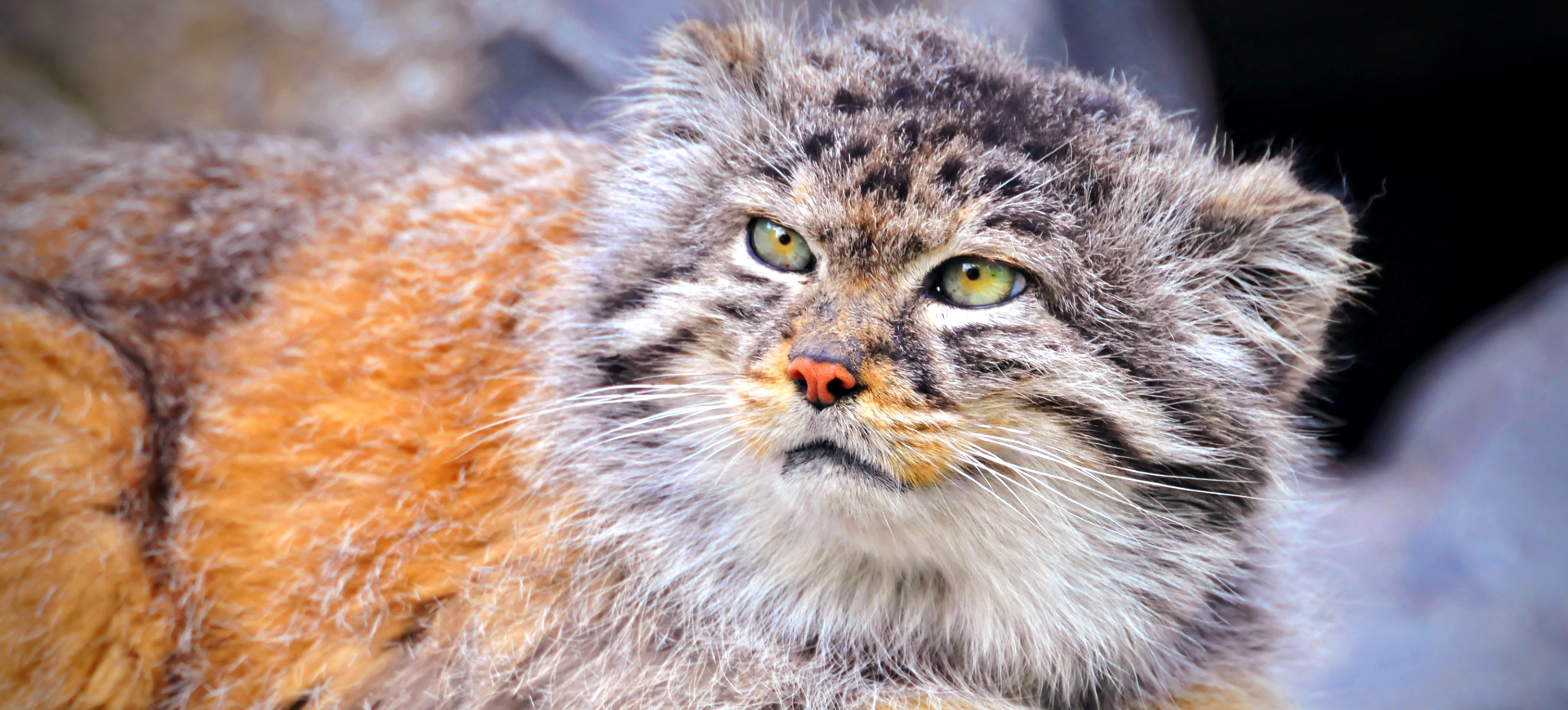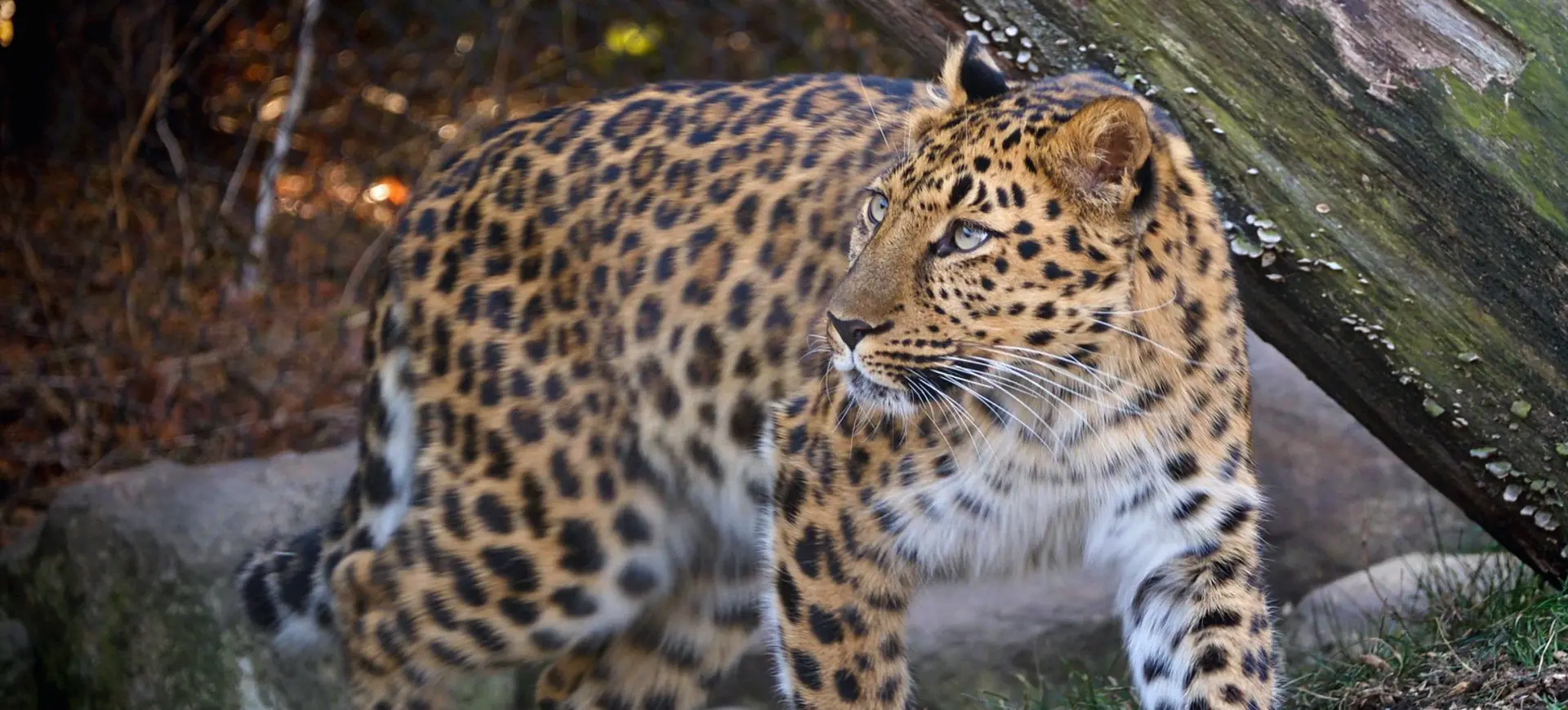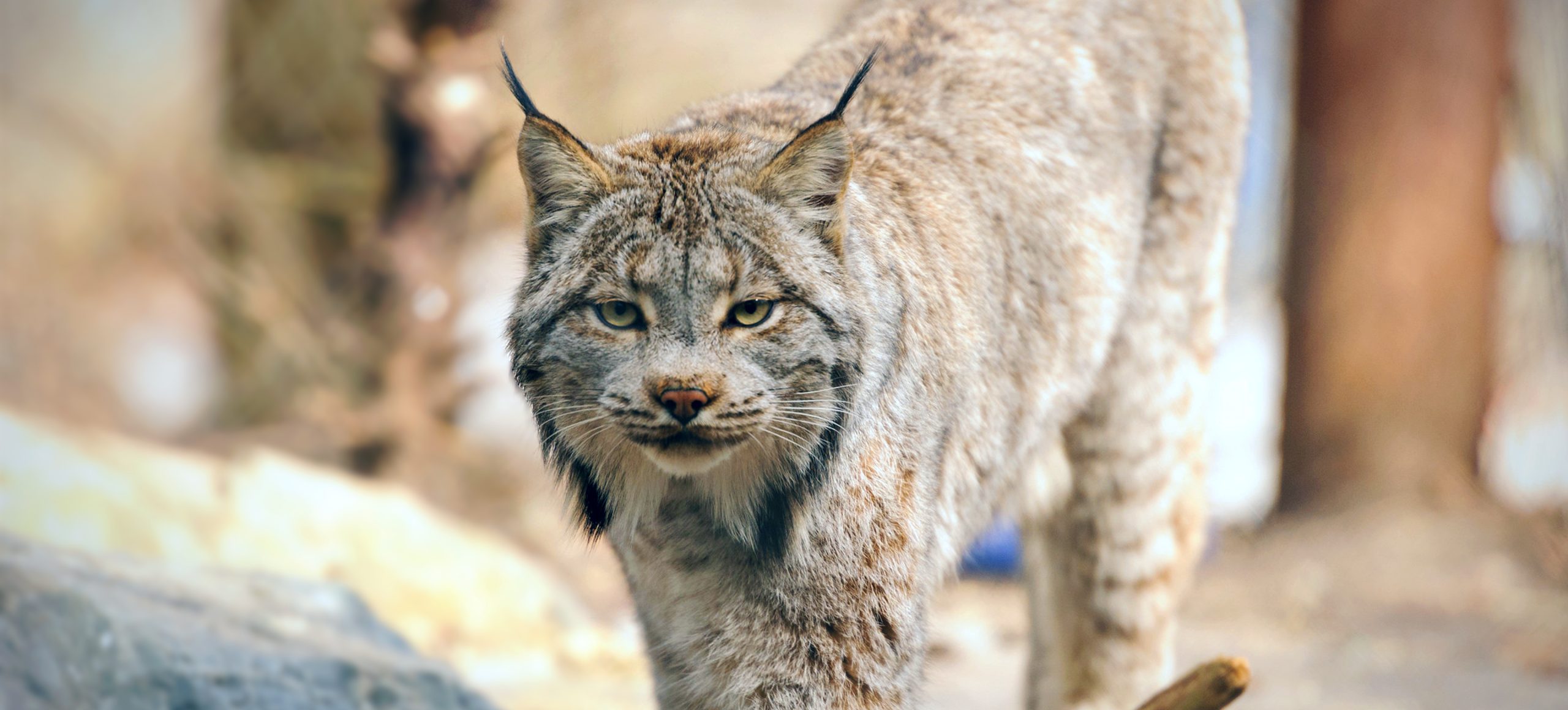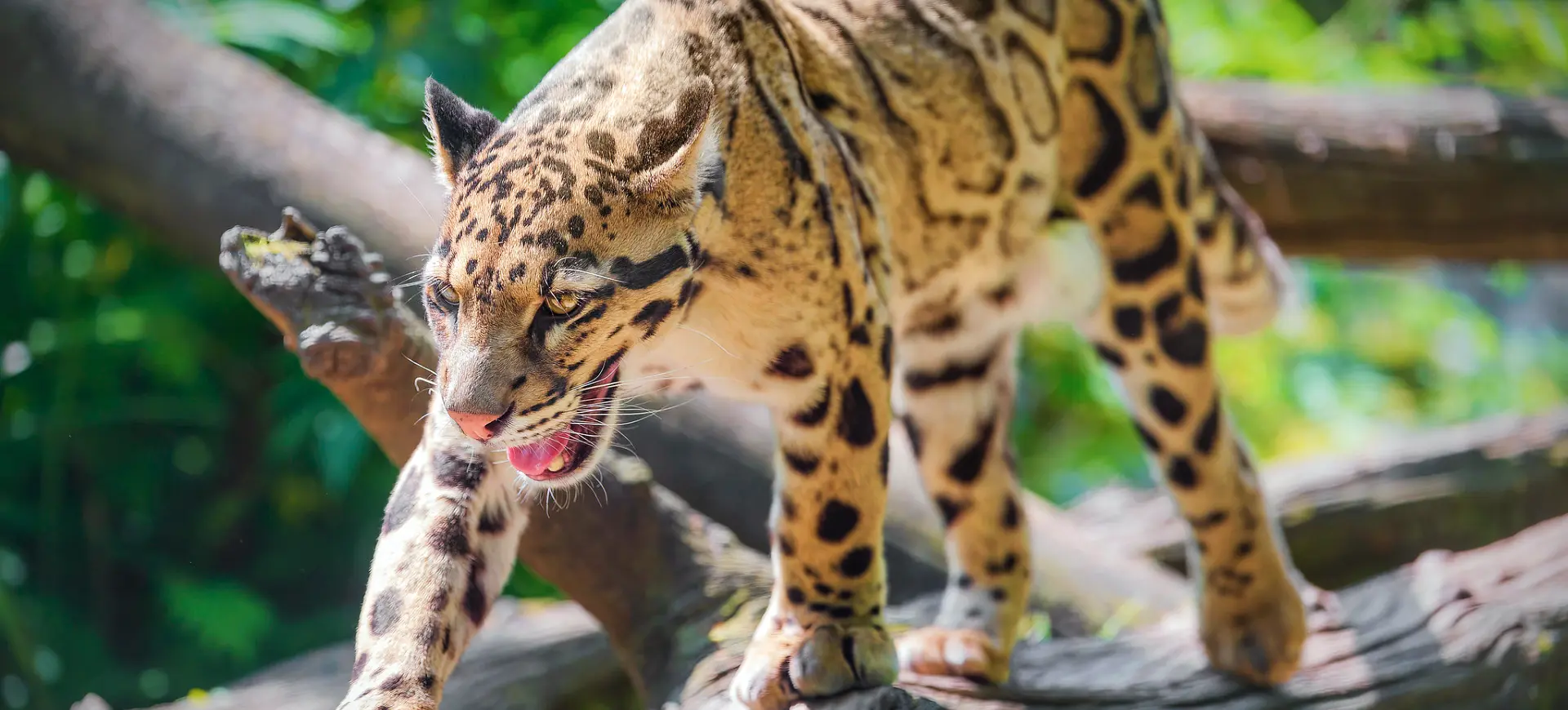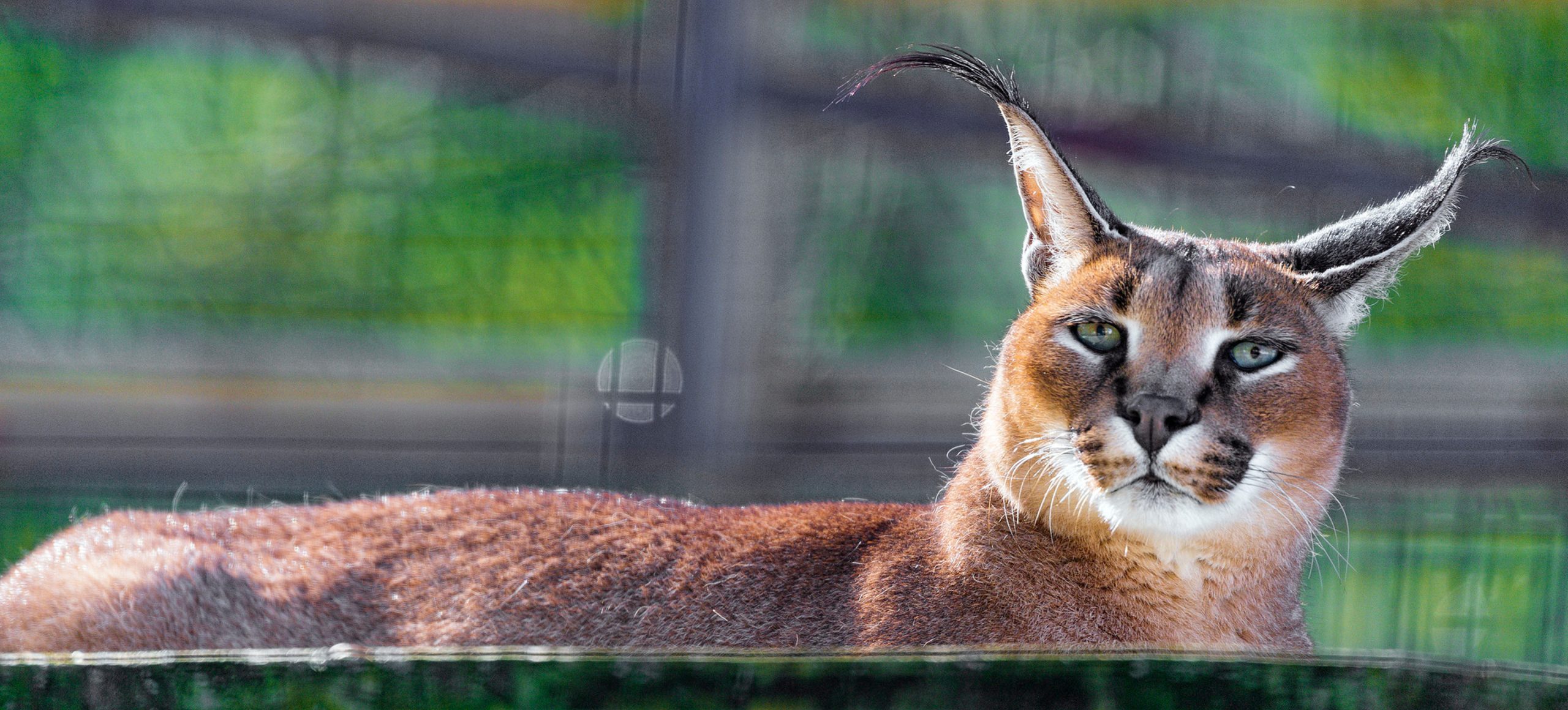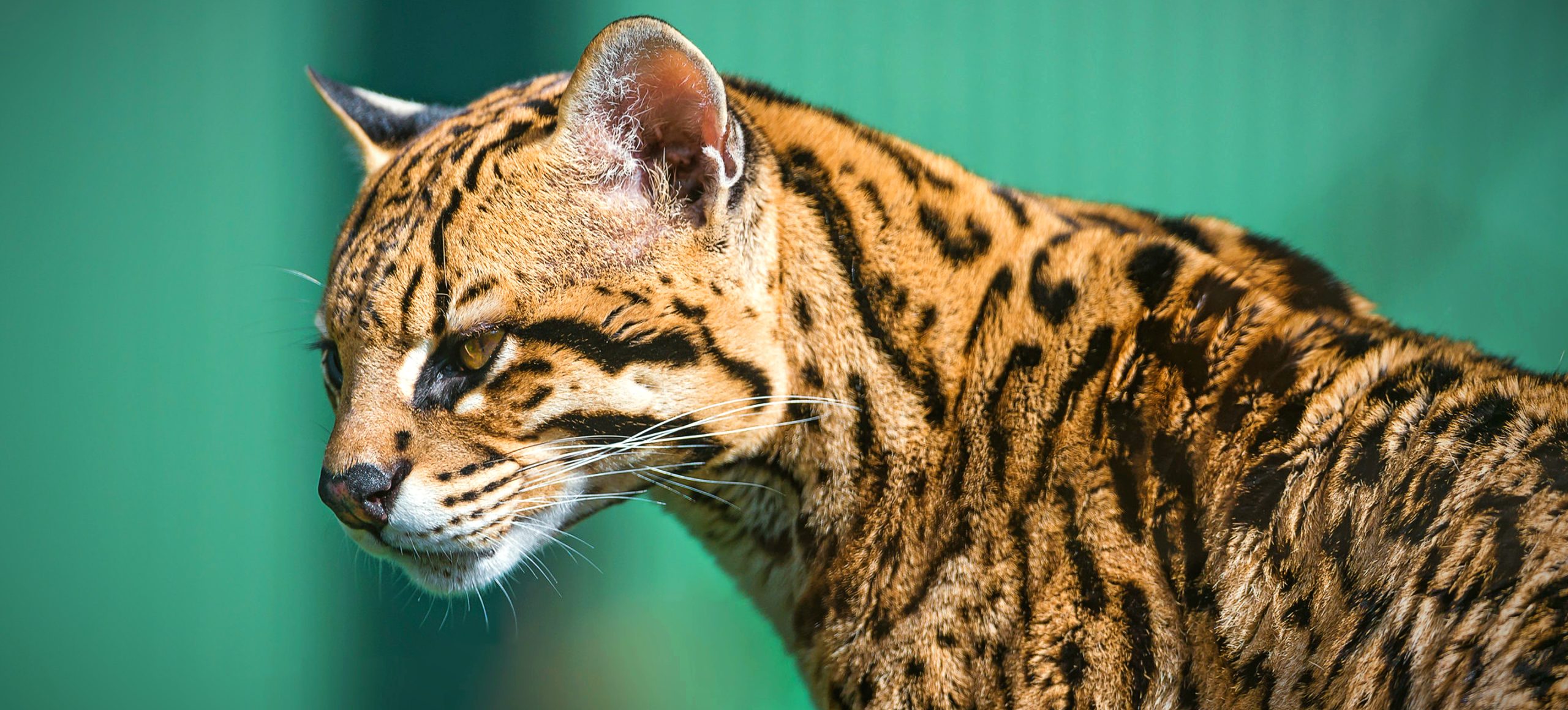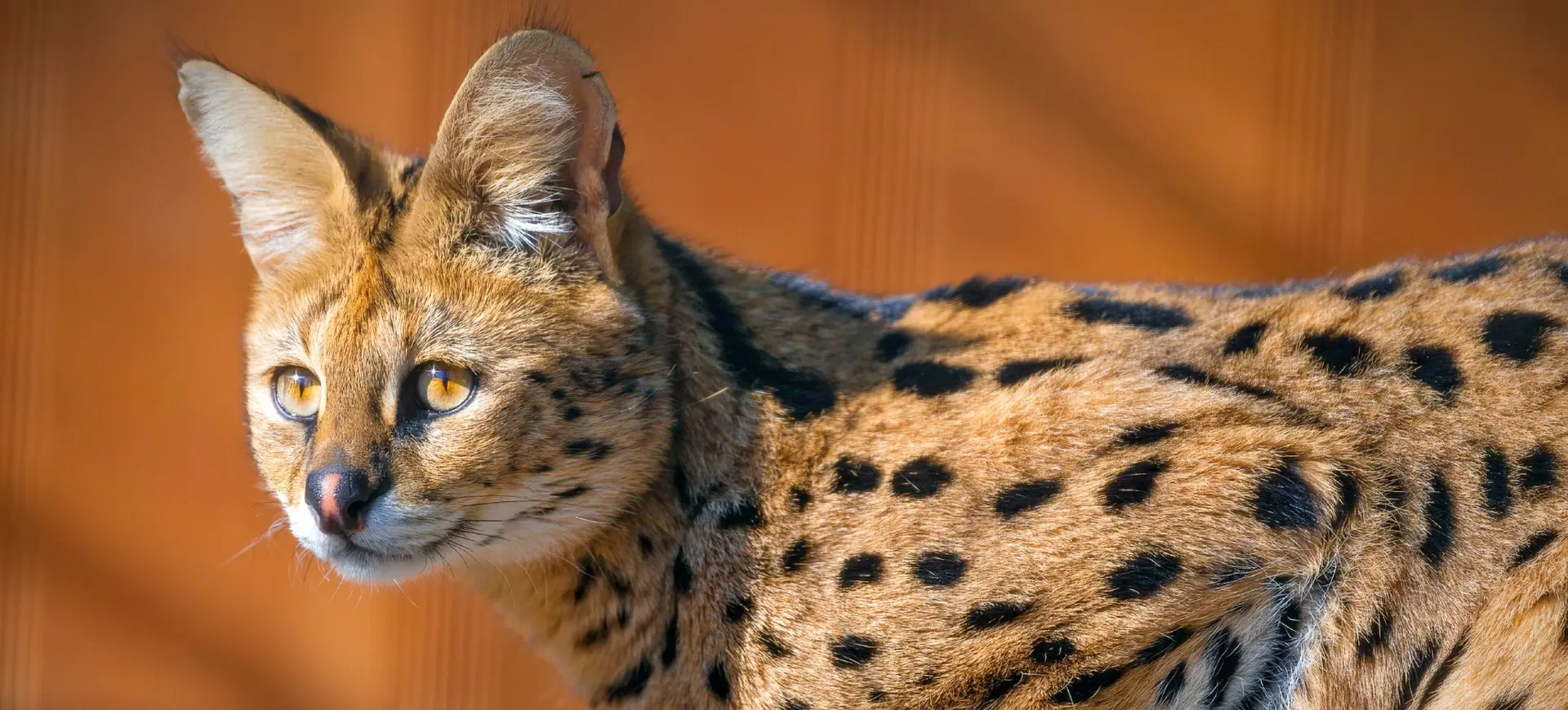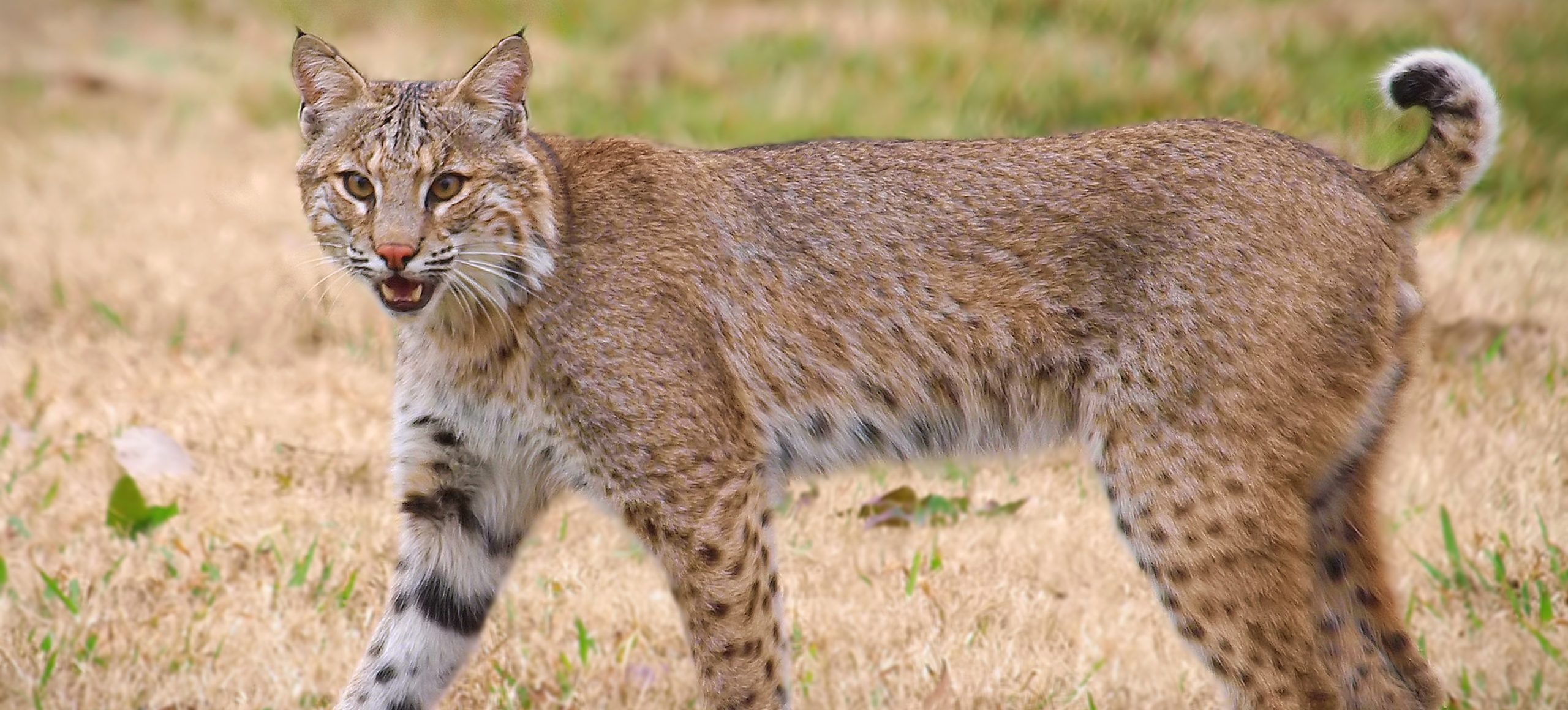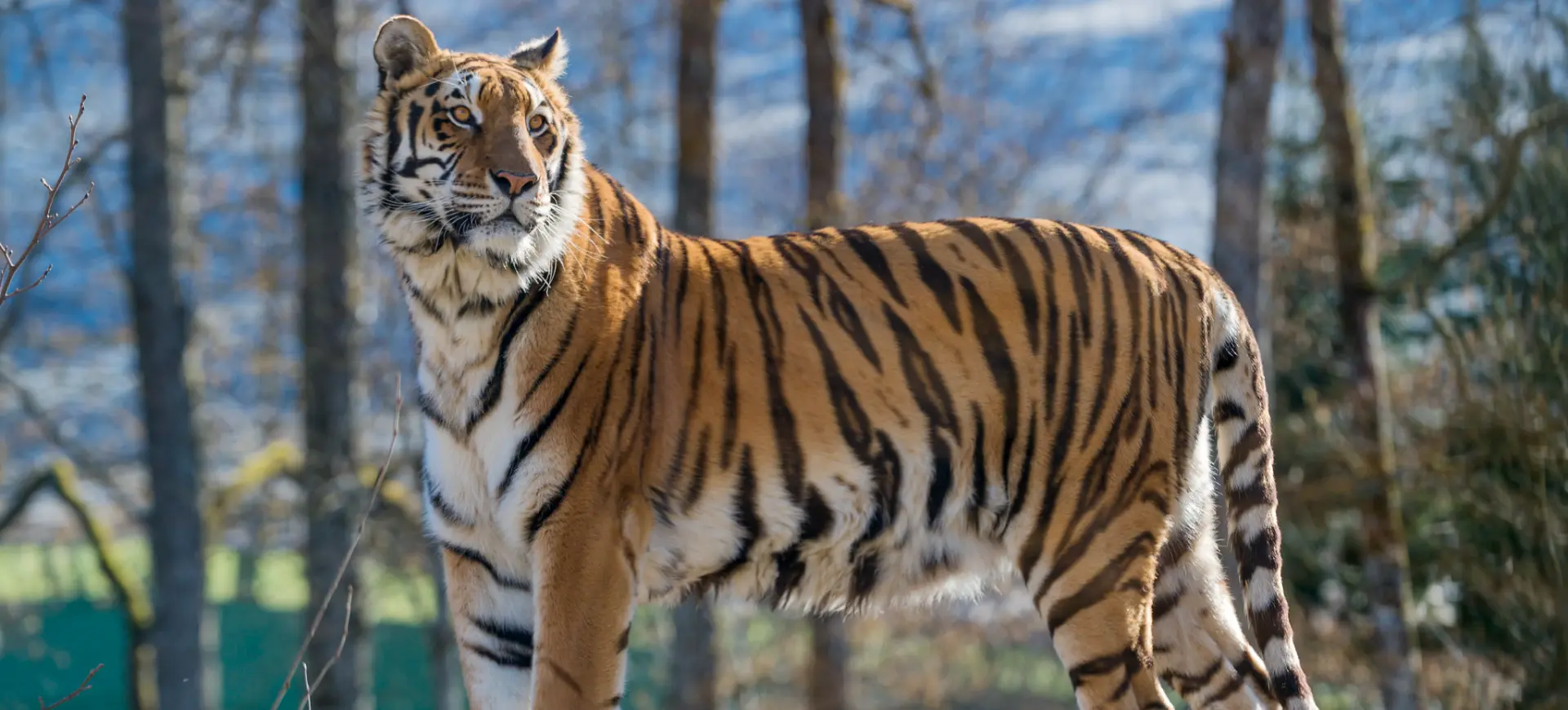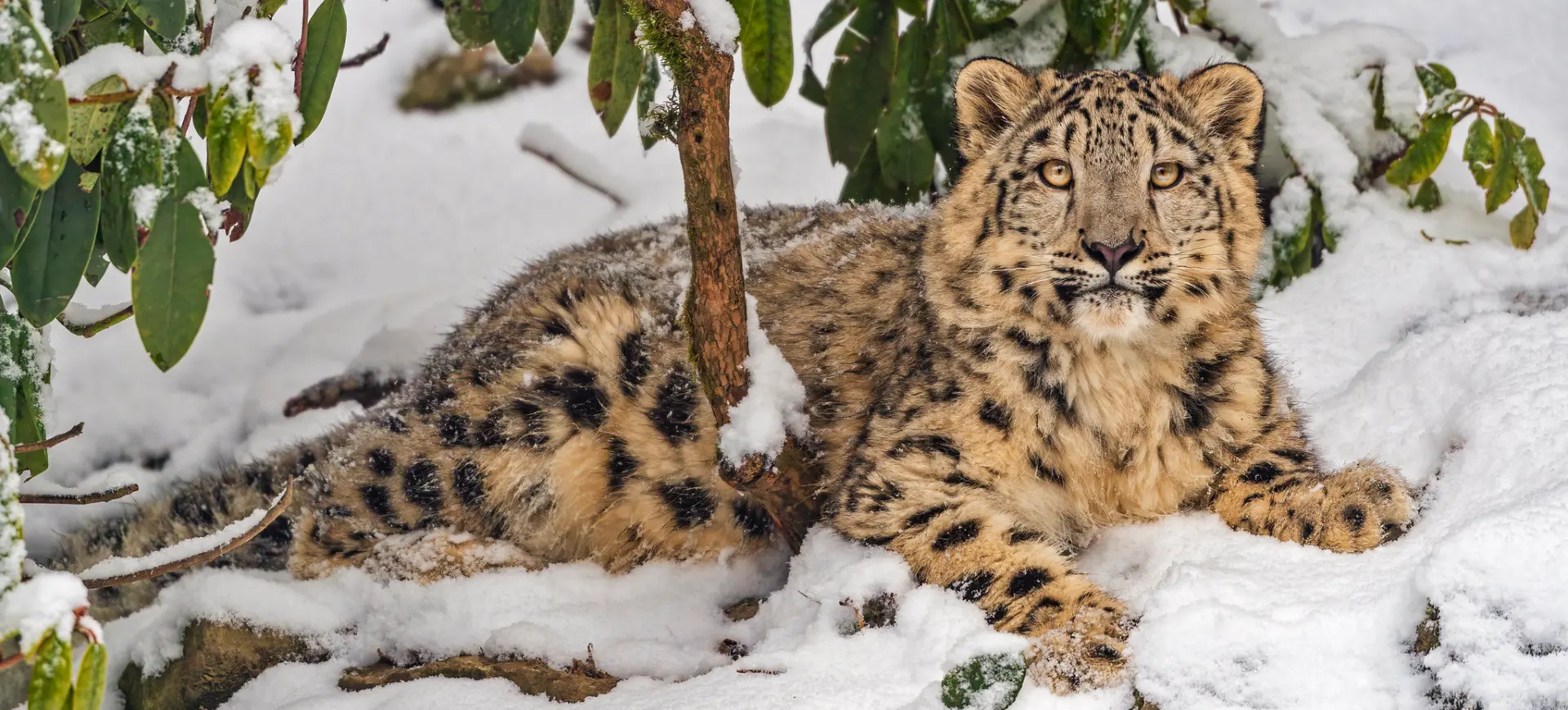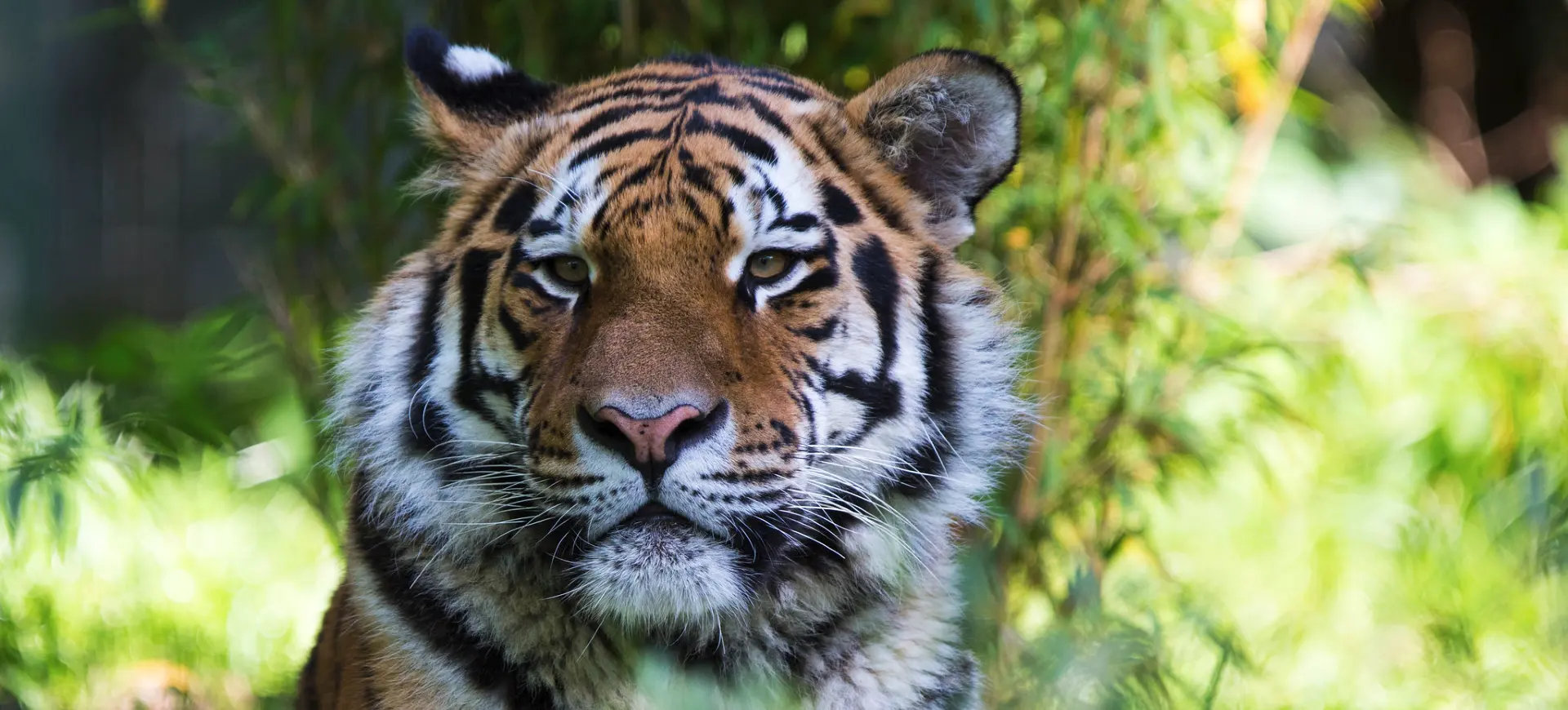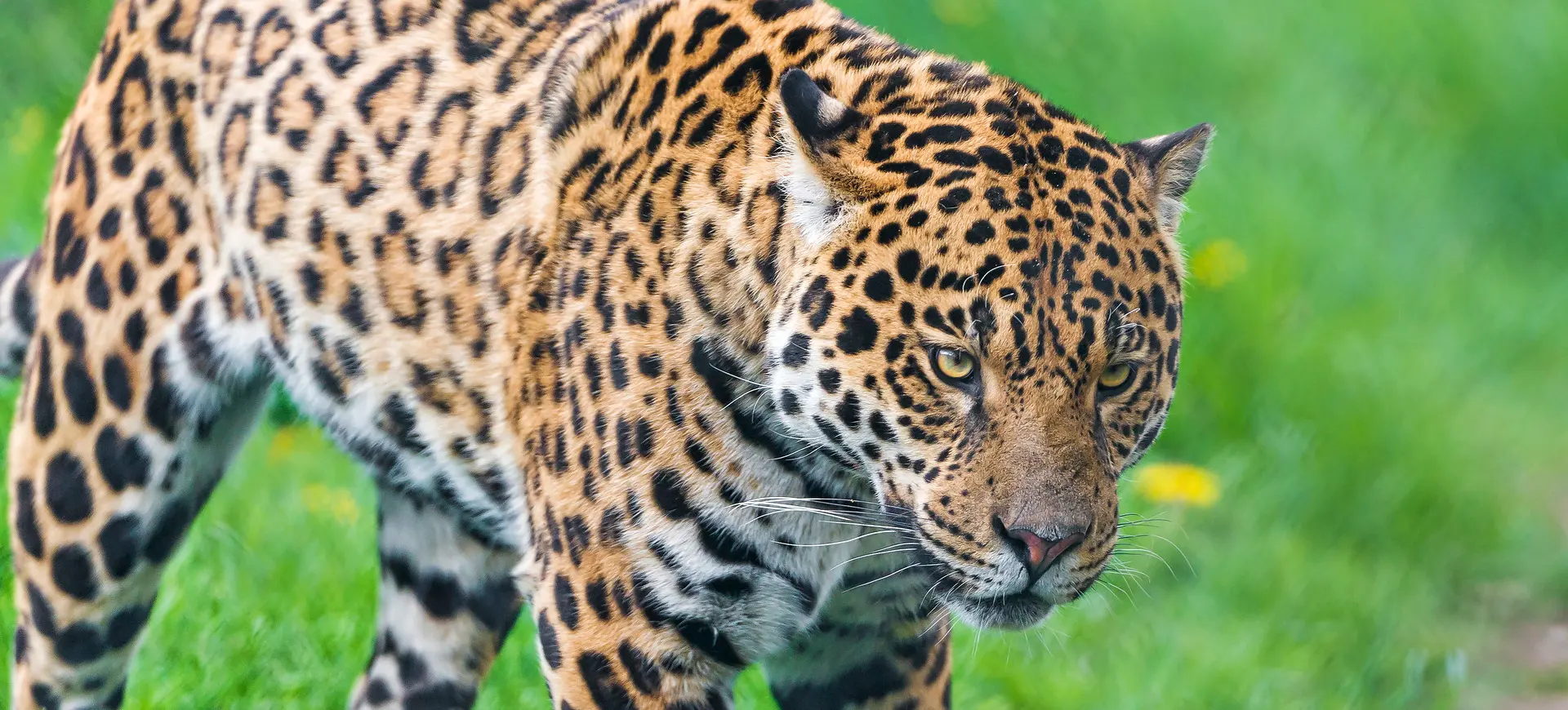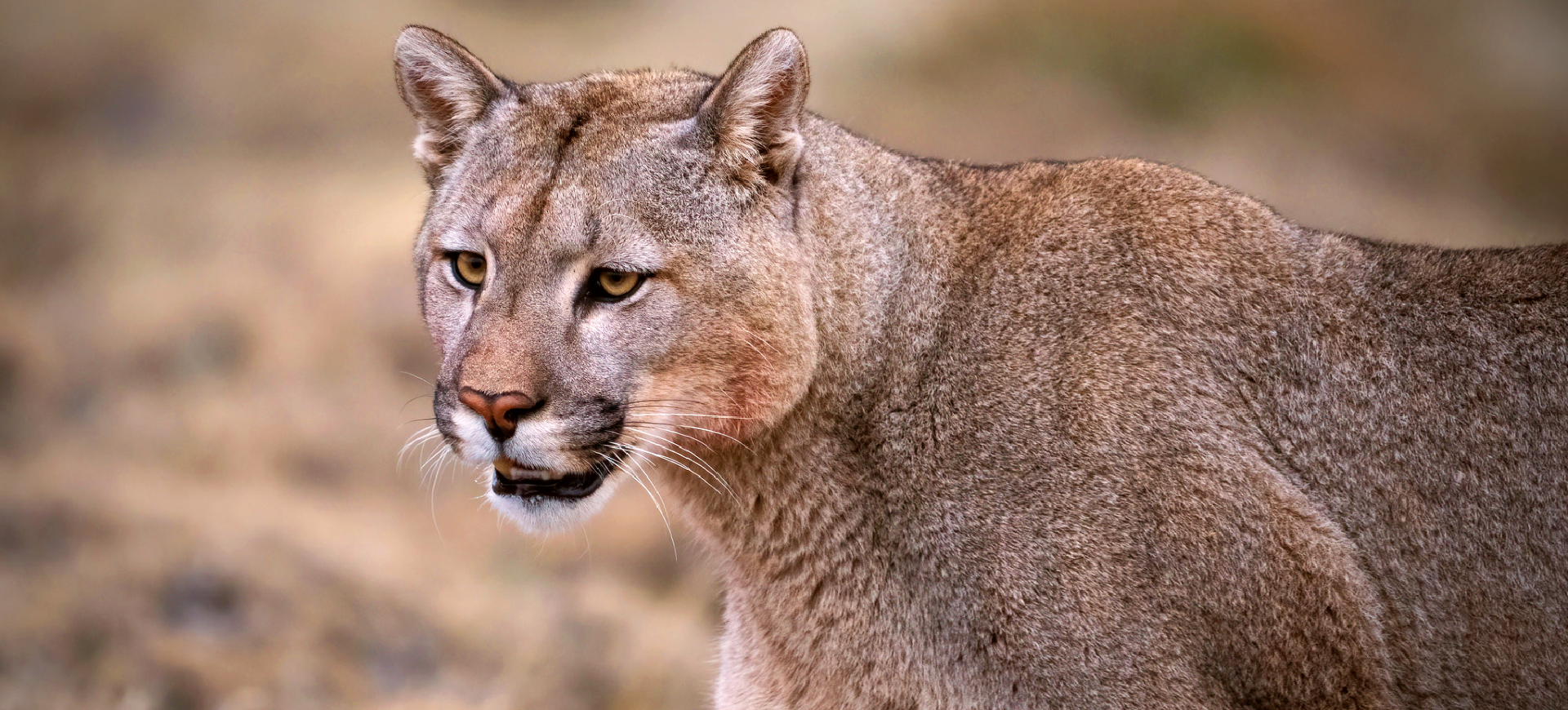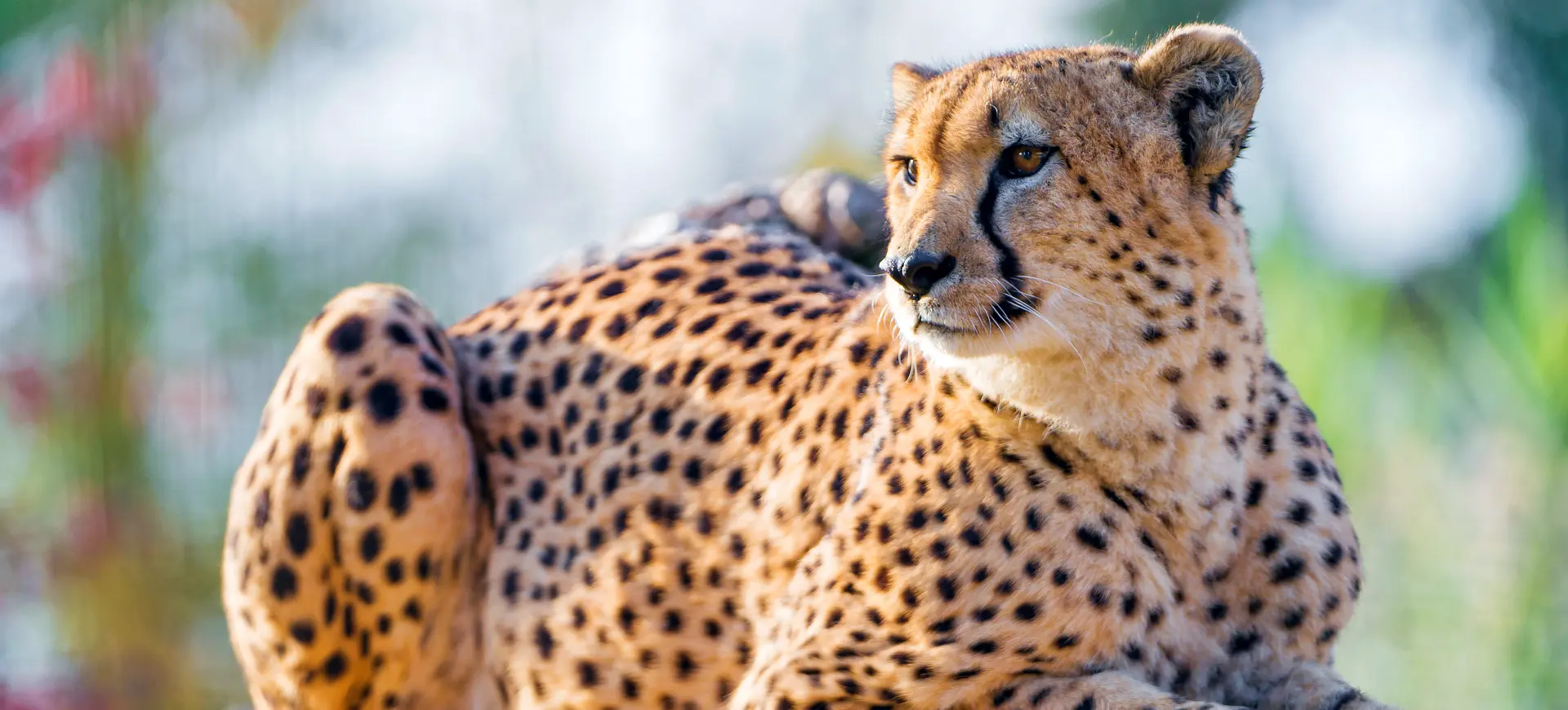Overview
The Southeast African Cheetah (Acinonyx jubatus jubatus), known as the Namibian cheetah, is a subspecies predominantly found in Southern and East Africa. This agile predator is renowned for being the fastest land animal, capable of reaching speeds up to 75 mph in short bursts, covering distances up to 1,500 feet. It has a slender, aerodynamically built body with a small, rounded head, large nostrils for increased oxygen intake, and long legs that contribute to its incredible speed. The Southeast African Cheetah has a unique social structure compared to other large cats, often forming coalitions among males, while females tend to lead solitary lives except when raising cubs.
The coat of the Southeast African Cheetah is tawny to pale yellow and is covered in solid black spots, with distinctive black tear-like facial streaks that help protect their eyes from the sun’s glare. These adaptations aid in camouflage within their grassland and savannah habitats and regulate body temperature during high-speed chases. Unlike other big cats, the cheetah’s claws are semi-retractable, providing extra grip during sprints. Their long, muscular tail acts like a rudder, allowing for sharp turns in pursuit of prey, primarily including antelopes and hares.
Conservation efforts for the Southeast African Cheetah are critical due to habitat loss, human-wildlife conflict, and illegal wildlife trade. This subspecies is classified as vulnerable by the International Union for Conservation of Nature (IUCN), with an estimated wild population of around 6,700 individuals. Conservation strategies include habitat restoration, protection measures against poaching, and community-based initiatives to promote coexistence between cheetahs and humans. These efforts aim to ensure this iconic species’ survival and maintain their ecosystems’ biodiversity.
Taxonomy
Kingdom
Phylum
Class
Order
Family
Genus
Species
Sub Species
Type
Current distribution:
The Southeast African Cheetah is primarily found in Namibia, Botswana, South Africa, and parts of Zimbabwe and Mozambique. Namibia is home to the largest population of this subspecies, particularly in the grasslands of the Central Plateau. Despite the arid environment, Botswana's vast Kalahari Desert also supports many cheetahs, offering extensive hunting grounds. In South Africa, cheetah populations are mainly confined to national parks and private game reserves, where conservation efforts have been more successful.
Despite these strongholds, the overall distribution of the Southeast African Cheetah has diminished significantly due to habitat loss, human-wildlife conflict, and illegal poaching. Conservation initiatives focus on protecting these key areas and creating wildlife corridors to connect isolated populations. Understanding the cheetah's current distribution is critical for effective conservation planning and ensuring the species' long-term survival in the wild.
Physical Description:
The Southeast African Cheetah has a distinct physical appearance characterized by its slender body, deep chest, and notably long limbs, which facilitate its high-speed pursuits. Its fur is golden yellow to pale orange and covered with evenly spaced black spots, and the unique black tear lines run from the inner aspect of each eye to the mouth. This cheetah’s small head and flat face are adaptations for high-speed chases, as they minimize air resistance. Adults typically weigh between 77 and 143 pounds, with males slightly larger than females.
The cheetah’s physical adaptations for speed include large nasal passages that allow for increased oxygen intake and an enlarged heart and lungs, which work together to circulate oxygen efficiently during a chase. Its tail, which can be as long as 80 cm, helps steer and maintain balance at high speeds. The semi-retractable claws provide traction, while the light body weight reduces the energy cost of acceleration. These characteristics make the Southeast African Cheetah a formidable predator in its environment.

Lifespan: Wild: ~10 years || Captivity: ~20 years

Weight: Male: 110-143 lbs (50-65 kg) || Female: 77-110 lbs (35-50 kg)

Length: Male: 43-59 in (110-150 cm) || Female: 43-59 in (110-150 cm)

Height: Male: 30-36 in (76-92 cm) || Female: 28-34 in (71-86 cm)

Top Speed: 75 mph (120 km/h)
Characteristic:
Native Habitat:
The Southeast African Cheetah’s native habitat encompasses a wide range, primarily including the savannahs, grasslands, and open forests of Southern and East Africa. These ecosystems provide the necessary cover and open space for stalking and chasing prey. The cheetah’s habitat is characterized by flat or slightly undulating terrain, which is optimal for its high-speed hunting technique. Water availability, though less critical, is also a significant factor in habitat suitability, as it influences prey distribution.
Human activities have significantly impacted the cheetah’s habitat, leading to habitat loss and fragmentation. Conservation areas and national parks are crucial for providing safe habitats where cheetahs can hunt and live without direct competition from humans and livestock. Efforts to maintain connectivity between these areas are vital for the species’ genetic diversity and long-term survival. The cheetah’s adaptability allows it to survive in various environments, but preserving its natural habitat is essential for its future.
Biomes:
Biogeographical Realms:
Continents:
Diet:
Diet & Feeding Habits:
The Southeast African Cheetah is a carnivorous predator that hunts primarily during the day to avoid competition with larger predators like lions and hyenas. Its diet mainly consists of smaller hoofed animals such as gazelles, impalas, and springboks, which it hunts through stealth and explosive speed. The cheetah’s hunting strategy involves getting as close as possible to its prey before initiating a high-speed chase, lasting from 20 to 60 seconds. After catching its prey, the cheetah must rest and recover, making it vulnerable to theft from other predators.
Cheetahs are known for their incredible acceleration, going from 0 to 60 mph in just a few seconds, which is crucial for catching fast-moving prey. Their high success rate in hunts is balanced by the significant energy cost of their high-speed chases. Cheetahs consume their prey quickly to minimize the chance of losing it to other predators. They also require large territories to ensure a sufficient food supply, which can be challenging due to habitat loss and fragmentation.
Mating Behavior:
Mating Description:
The Southeast African Cheetah has a unique mating system compared to other large felids. It is characterized by a lack of territorial behavior and a more solitary lifestyle. Females are solitary or accompanied by their offspring and become receptive to mating multiple times throughout the year. Conversely, males may form coalitions, usually with brothers from the same litter, to defend a larger territory and have access to a greater number of females. Mating occurs without a fixed season, although it may be influenced by prey availability and environmental conditions.
After mating, the female undergoes a gestation period of approximately 90 to 95 days before giving birth to a litter of typically three to five cubs. The high mortality rate among cheetah cubs due to predation by other large carnivores has significant implications for the species’ reproductive success. Females raise their cubs in isolation, teaching them essential survival skills over about 18 months. This extended maternal care is crucial for the cubs’ development and ability to successfully hunt and avoid predators.
Reproduction Season:
Birth Type:
Pregnancy Duration:
Female Name:
Male Name:
Baby Name:
Social Structure Description:
The Southeast African Cheetah’s social structure is unique among large cats, with a distinct separation between the sexes. Males may form coalitions, typically with siblings, to defend territories and access females, while females are solitary except when accompanied by their cubs. This social organization allows for a more efficient distribution across their habitat, reducing resource competition. Male coalitions are often more successful in mating, while solitary males may have a harder time finding mates.
The territorial behavior of cheetahs is less pronounced than in other big cats, with territories often overlapping, especially among females. Communication among cheetahs involves visual signals, vocalizations, and scent markings, which help to establish territories and signal reproductive status. The flexibility in social organization and communication strategies plays a crucial role in the survival and reproductive success of the cheetah, allowing it to adapt to the varying conditions of its environment.
Groups:
Conservation Status:
Population Trend:
The Southeast African Cheetah population is dispersed across its range, with the largest concentrations in Namibia and Botswana. These populations are constantly threatened by habitat loss, human-wildlife conflict, and illegal wildlife trade. In Namibia, the cheetah population benefits from large, unfenced landscapes that allow for the movement and genetic exchange between individuals. However, in other parts of its range, populations are more fragmented, leading to challenges in maintaining genetic diversity and stable populations.
Conservation programs focusing on habitat preservation, community engagement, and the establishment of wildlife corridors are essential for the survival of the Southeast African Cheetah. Establishing protected areas and implementing conservation-friendly farming practices have shown promise in reducing human-wildlife conflict. Efforts to raise awareness and reduce the demand for cheetahs in the illegal pet trade are also crucial. Despite these efforts, the cheetah’s future remains uncertain without continued and enhanced conservation measures.
Population Threats:
The primary threats to the Southeast African Cheetah include habitat loss due to agricultural expansion, human-wildlife conflict, and the illegal pet trade. As human populations grow and expand into traditional cheetah habitats, conflicts arise from predation on livestock, leading to retaliatory killings by farmers. The illegal pet trade also poses a significant threat, with cheetah cubs particularly sought after for the exotic pet market. This reduces wild populations and has a high mortality rate among the cubs involved.
Conservation efforts are hampered by the cheetah’s vast territory needs, which often extend beyond protected areas, fragmenting habitats and populations. Climate change and its impacts on ecosystems exacerbate the cheetah’s challenges, affecting prey availability and habitat suitability. Addressing these threats requires a multifaceted approach, including habitat protection, community-based conservation initiatives, and international cooperation to combat wildlife trafficking.
Conservation Efforts:
Conservation efforts for the Southeast African Cheetah include habitat protection, anti-poaching measures, and community engagement programs designed to mitigate human-wildlife conflict. Several organizations collaborate with local communities and governments to secure landscapes for cheetahs and their prey. These efforts include establishing conservation areas, wildlife corridors, and initiatives to promote livestock management practices that reduce the risk of predation by cheetahs.
Education and outreach programs are crucial in changing perceptions and reducing the demand for cheetahs as pets. Research into cheetah biology and ecology provides valuable information that guides conservation strategies and policy development. International collaboration is also essential in addressing the illegal wildlife trade and ensuring the cheetah’s survival across its range. These combined efforts are vital for conserving the Southeast African Cheetah, aiming to stabilize and eventually increase wild populations.
Additional Resources:
Fun Facts
- The Southeast African Cheetah can accelerate from 0 to 60 mph in just a few seconds.
- Unlike other big cats, cheetahs cannot roar but can purr continuously.
- Cheetahs have a high-speed chase strategy but can only maintain their top speed for short distances.
- Their distinctive black tear stripes help reduce glare and improve their focus on prey during bright daylight.
- Cheetahs have semi-retractable claws that provide extra grip during their high-speed chases.
- The cheetah’s spine is highly flexible, allowing for a large stride length during sprints.
- Cheetah cubs have a mantle of long hair on their backs, which helps camouflage them in grass, mimicking the appearance of a honey badger.
- Their unique respiratory system allows them to increase their oxygen intake and sustain high speeds.
- Cheetahs are the only big cats that cannot climb trees due to their large, non-retractable claws.
- Their social structure is unique among felids, with males forming coalitions and females living a largely solitary life.


